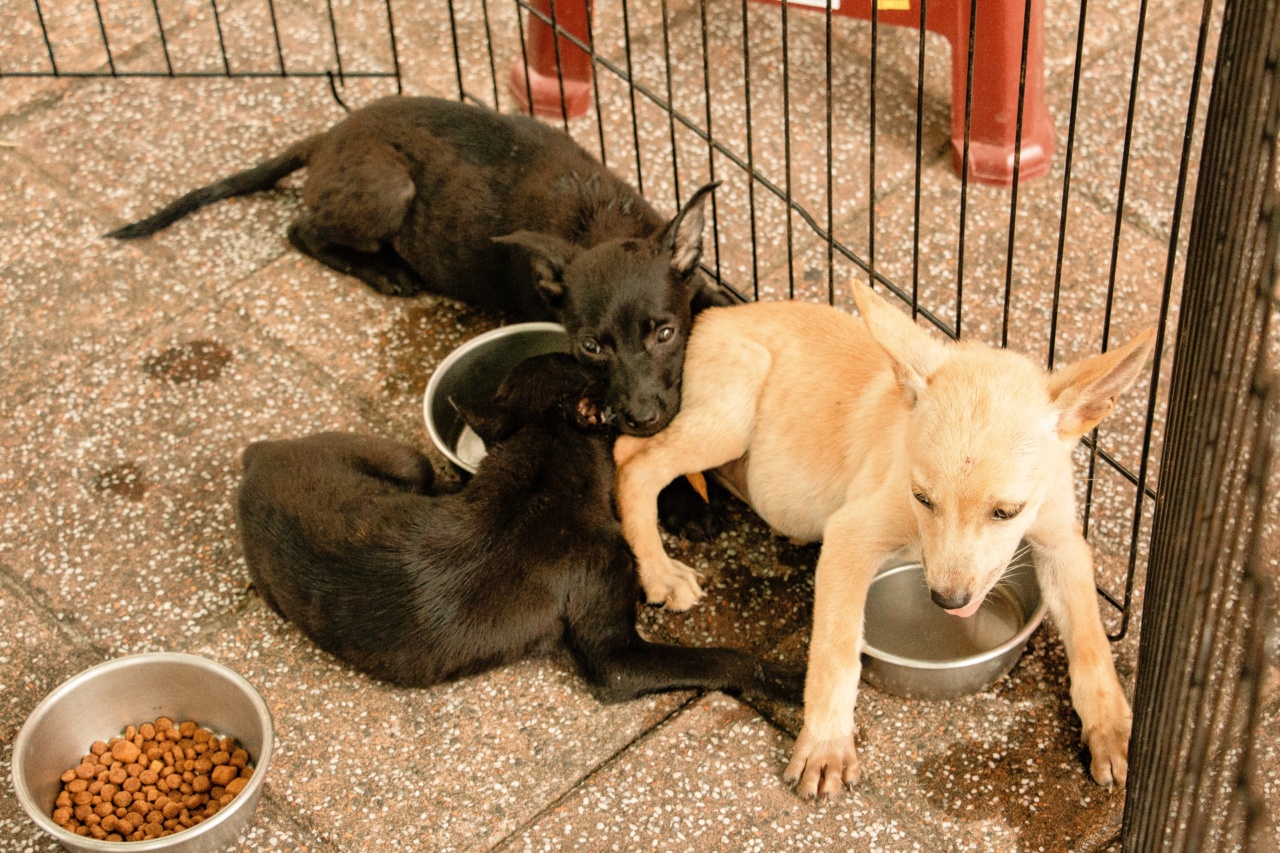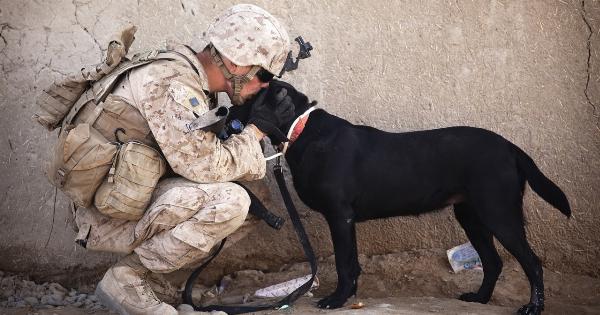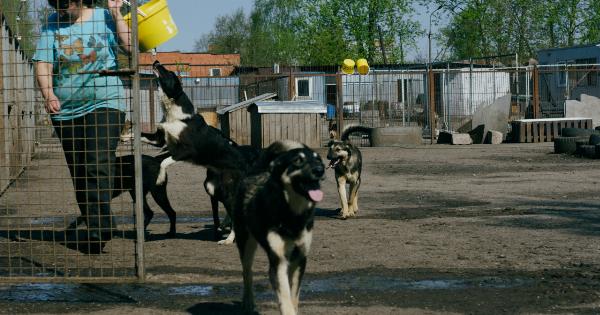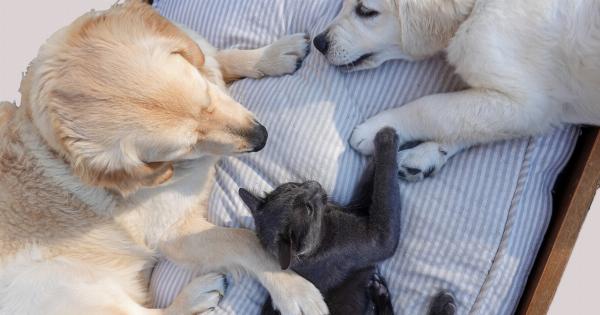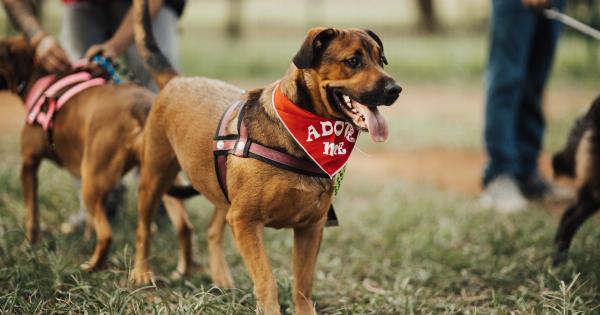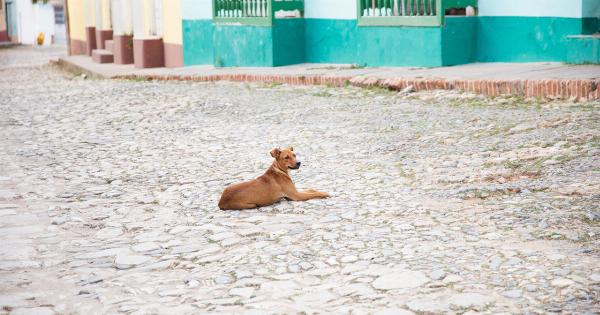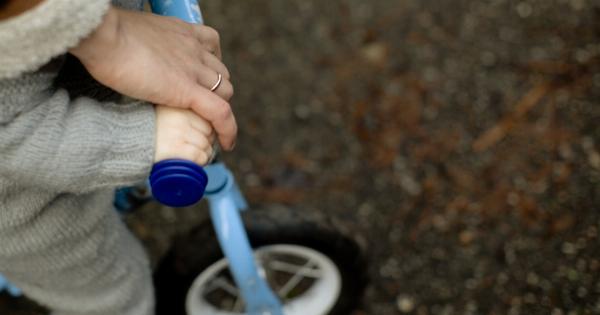Many dogs are fearful of vacuums due to the noise and movement they make. This fear can manifest in various ways, from tail tucking and shaking to barking and even aggression.
It is important for dog owners to help their pets overcome this fear and feel relaxed in the presence of a vacuum cleaner. In this article, we will discuss different strategies to desensitize and train your dog to face the vacuum with confidence.
Understanding Your Dog’s Fear
Before we dive into the techniques to help your dog face the vacuum, it is crucial to understand the root cause of their fear. Dogs are sensitive to loud noises and sudden movements, which make vacuum cleaners intimidating to them.
Additionally, the sound of the vacuum can change the air pressure, creating discomfort for dogs with sensitive hearing. Recognizing these triggers is the first step in helping your furry friend overcome their fear.
Desensitization Training
Desensitization is a gradual process that involves exposing your dog to the vacuum cleaner in a controlled and positive manner to help them build tolerance over time. Follow these steps to desensitize your dog:.
Step 1: Introduce the Vacuum
Start by bringing the vacuum into the room, keeping a safe distance from your dog. Do not turn it on yet. Allow your dog to investigate the vacuum at their own pace. Praise and reward them for displaying calm behavior.
Step 2: Associate the Vacuum with Positive Experiences
Next, create positive associations with the vacuum by pairing it with treats or toys. For example, place treats near the vacuum or throw a toy towards it. This will help your dog associate the presence of the vacuum with positive experiences.
Step 3: Gradual Exposure to Noise
Once your dog is comfortable with the stationary vacuum, it’s time to introduce the noise. Turn the vacuum on in a different room, making sure the volume is low. Allow your dog to observe from a safe distance.
Reward calm behavior and gradually increase the duration of exposure to the noise.
Step 4: Movement Training
The movement of the vacuum is another aspect that can be frightening for dogs. Start by moving the vacuum a few feet away from your dog while it is turned off. Reward your dog for remaining calm.
Slowly increase the proximity and duration of the movement until your dog feels comfortable.
Step 5: Enlist a Helper
If your dog is still hesitant, consider enlisting the help of a friend or family member. Have them operate the vacuum while you focus on rewarding and comforting your dog.
The presence of a familiar person can provide additional support and reassurance during the training process.
Using Positive Reinforcement
Positive reinforcement plays a vital role in helping your dog overcome their fear of the vacuum. Here are some tips for using positive reinforcement effectively:.
Reward Calm Behavior
Whenever your dog remains calm in the presence of the vacuum, offer praise, treats, and affection. Focus on rewarding the desired behavior rather than punishing or scolding any signs of fear or anxiety.
This will help your dog associate positive outcomes with being near the vacuum.
Break the Training into Short Sessions
Training sessions should be short and frequent rather than long and sporadic. Aim for multiple sessions throughout the day, keeping them around 5-10 minutes each.
This will prevent your dog from becoming overwhelmed and allow them to build confidence gradually.
Be Patient and Consistent
Each dog progresses at their own pace, so it is essential to be patient during the training process. Consistency is key to success. Stick to the desensitization plan and reward calm behavior consistently.
With time and consistency, your dog will become more comfortable with the vacuum.
Seek Professional Help if Needed
If your dog’s fear of the vacuum persists despite your best efforts, it may be beneficial to consult a professional dog trainer or behaviorist.
They can provide individualized guidance and develop a specialized plan to address your dog’s specific needs.
Create a Safe Haven
In addition to desensitization training, it is important to create a safe haven for your dog. Designate a quiet space where they can retreat to during vacuuming sessions.
This could be a crate, a specific room, or an area with their favorite toys and bedding. Ensuring they have a safe space can alleviate anxiety and provide them with a sense of security.
Conclusion
Helping your dog face the vacuum is a gradual process that requires patience, consistency, and positive reinforcement.
By understanding your dog’s fear, implementing desensitization training techniques, and creating a safe haven, you can help your furry friend overcome their fear and become more relaxed in the presence of a vacuum cleaner. Remember, every dog is unique, so progress may vary. With time and effort, your dog can conquer their fear and embrace a cleaner, happier home.
